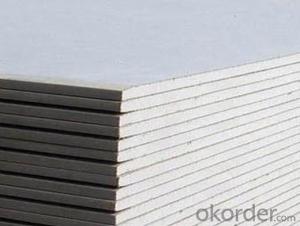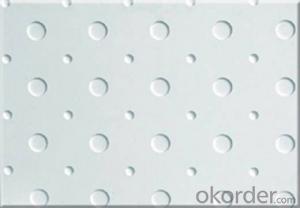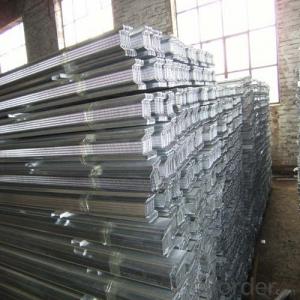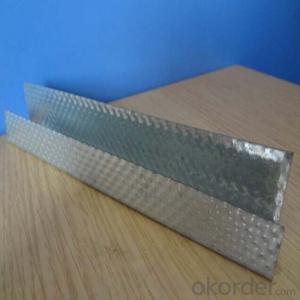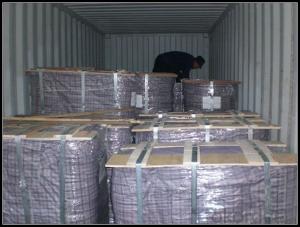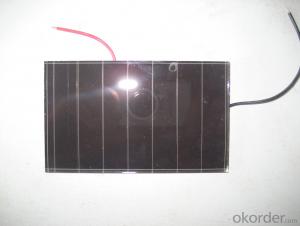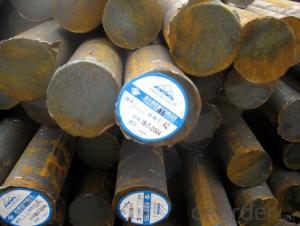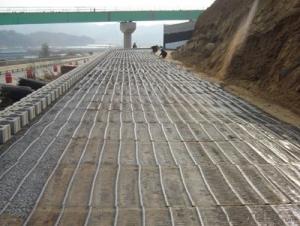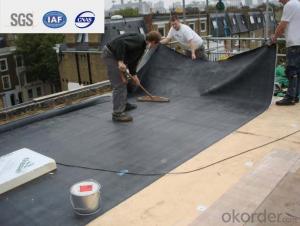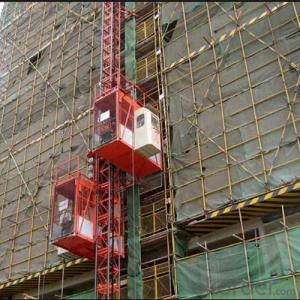Geogrid Material Specification
Geogrid Material Specification Related Searches
Raw Material For Solar Cells Ac Inverter For Solar Panels Plastic Wall Coverings For Bathrooms Fiberglass Sheets For Roofing Heat Reflective Material For Roof Wall Panels For Basement Felt Paper For Roofing Retaining Wall With Geogrid Plastic Coated Steel Roofing Sheets High Quality Roofing FeltHot Searches
Steel Mesh Panels For Sale Cheap High Tea Sets For Sale Cheap Solar Cells For Sale Q Cells Solar Panels For Sale Used Foam Board Insulation For Sale Welded Wire Panels For Sale Types Of Temporary Side Panels For Cement Deck Fiberglass Panels For Sale Magnesium Oxide Board For Sale Hdf Board For Sale sintra board for sale Cheap Mini Laptops For Sale Plywood For Sale Cheap Sandwich Panels For Sale resin panels for sale Cheap Washers For Sale Cheap Tall Vases For Sale Eps Panels For Sale Air Conditioner For Cheap Prices Gypsum Board Price Per Sheet In IndiaGeogrid Material Specification Supplier & Manufacturer from China
Okorder.com is a professional Geogrid Material Specification supplier & manufacturer, offers integrated one-stop services including real-time quoting and online cargo tracking. We are funded by CNBM Group, a Fortune 500 enterprise and the largest Geogrid Material Specification firm in China.Hot Products
FAQ
- Geogrid width mean?
- So width refers to the 1 meters to the value of 6 meters,
- The benefits of using geogrids in roadways include improved load-bearing capacity, reduced pavement thickness, increased stability and durability, prevention of cracking and rutting, enhanced drainage and erosion control, and cost savings in construction and maintenance.
- When selecting geogrids for a project, several factors need to be considered. These factors include the type of soil, the load requirements, the desired lifespan of the project, the installation method, and the environmental conditions. Additionally, factors such as cost, availability, and the reputation of the geogrid manufacturer should also be taken into account.
- The difference between two way steel plastic grille and one way steel plastic grille
- There difference
- Yes, geogrids can be used in erosion control applications on steep slopes. Geogrids are commonly used to reinforce and stabilize soil, preventing erosion from occurring. They provide strength and stability to the soil, allowing for better resistance against erosion forces, even on steep slopes.
- Yes, geogrids can indeed be used for reinforcement of mechanically stabilized earth walls for bridge abutments. Geogrids are commonly used in such applications as they provide additional tensile strength to the soil, improving its overall stability and preventing potential failure. By distributing and transferring loads, geogrids help increase the load-bearing capacity of the soil, making them an ideal choice for reinforcing mechanically stabilized earth walls used in bridge abutments.
- Is it possible to add fiberglass grille between asphalt pavement and asphalt pavement
- First look at the drawing design requirements
- There are several factors that affect the design and selection of geogrids for geosynthetic reinforcement of slopes. These factors include the type and stability of the soil, the slope angle and height, the expected loads and stresses, the environmental conditions, and the required design life of the reinforcement system. The geogrid material and its strength, stiffness, and durability characteristics are also important considerations. Additionally, factors such as installation methods, cost, and availability of geogrids may influence the design and selection process. Overall, a thorough understanding of the site conditions and project requirements is essential in order to choose the most appropriate geogrid for slope reinforcement.
